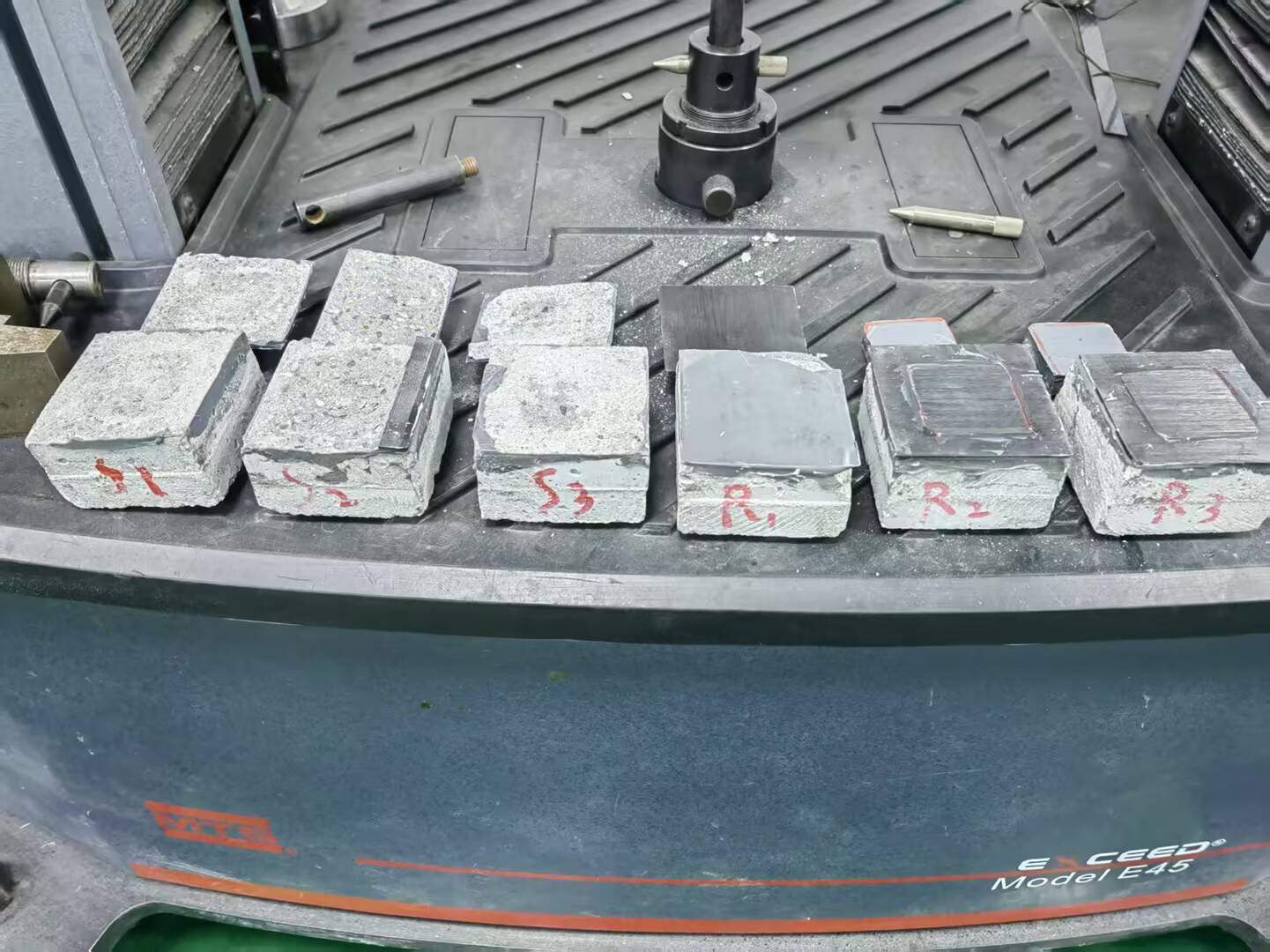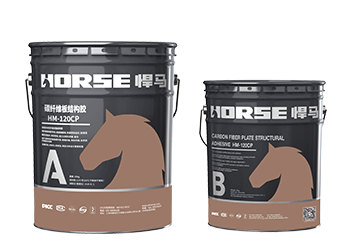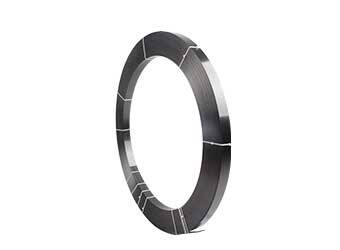Solusi
Horse Construction menawarkan rangkaian lengkap material perkuatan struktur dengan dukungan teknis, dukungan dokumentasi, dukungan produk, dukungan perangkat lunak, dukungan proyek.
Uji Tarik untuk Sistem Laminasi Serat Karbon Berdasarkan ACI

Menurut ACI 440.2R-17 (Panduan Desain dan Konstruksi Sistem FRP Berikat Eksternal untuk Memperkuat Struktur Beton), Uji Tarik untuk pelat polimer yang diperkuat serat karbon (CFRP) merupakan metode penting untuk mengevaluasi kinerja ikatan antara pelat CFRP dan substrat (misalnya, beton). Berikut kriteria keberhasilan dan kegagalannya:
Menunjukkan bahwa kekuatan ikatan lebih tinggi daripada kekuatan tarik beton itu sendiri, yang merupakan hasil ideal.
Menunjukkan kinerja ikatan yang sangat baik antara pelat CFRP dan beton, memastikan pelat CFRP dapat memberikan efek penguatan sepenuhnya.
Menunjukkan kekuatan ikatan yang tidak memadai, yang mungkin disebabkan oleh persiapan permukaan yang tidak tepat, pemilihan perekat yang tidak tepat, atau masalah konstruksi.
Mode kegagalan ini menunjukkan bahwa pelat CFRP tidak dapat sepenuhnya memanfaatkan potensi penguatannya, sehingga berpotensi membahayakan keamanan dan daya tahan struktur.
Standar ACI: Kegagalan perekat umumnya dianggap tidak dapat diterima, sehingga memerlukan evaluasi ulang teknik konstruksi atau pemilihan material.
ACI menganggap mode kegagalan ini sebagai kegagalan antara, sehingga memerlukan analisis lebih lanjut untuk menentukan akar penyebabnya.
Pecahnya FRP: Jika pelat CFRP retak selama uji tarik, ini menunjukkan bahwa kekuatan ikatan melebihi kekuatan tarik pelat CFRP itu sendiri.
Meskipun jarang terjadi, skenario ini juga menunjukkan kinerja obligasi yang sangat baik.
Anda dapat menemukan segala yang Anda butuhkan di sini. Percayalah dan cobalah produk - produk ini, Anda akan menemukan perbedaan yang besar setelah itu.

Pelat polimer bertulang serat karbon (CFRP) Horse adalah pelat komposit yang diawetkan terlebih dahulu, yang diikatkan ke struktur sebagai perkuatan eksternal dengan epoksi HM-120CP.

Perekat laminasi serat karbon Horse HM-120CP adalah perekat berbasis epoxy komponen ganda dengan daya rekat yang kuat, daya geser, dan daya anti-penuaan. Ini adalah epoxy yang digunakan untuk merekatkan laminasi serat karbon untuk penguatan struktural.

Pelat polimer bertulang serat karbon (CFRP) Horse adalah pelat komposit yang diawetkan terlebih dahulu, yang diikatkan ke struktur sebagai perkuatan eksternal dengan epoksi HM-120CP.